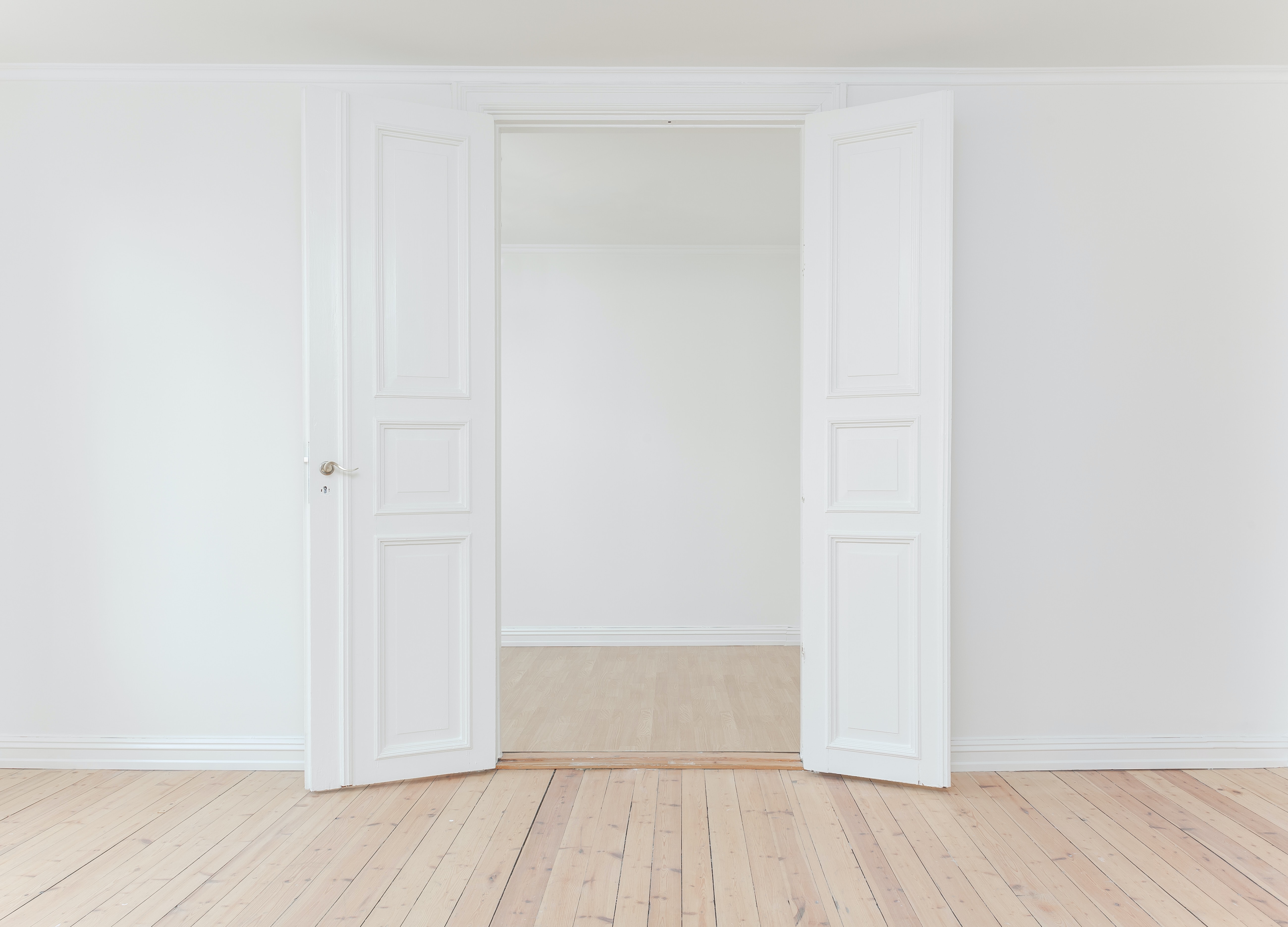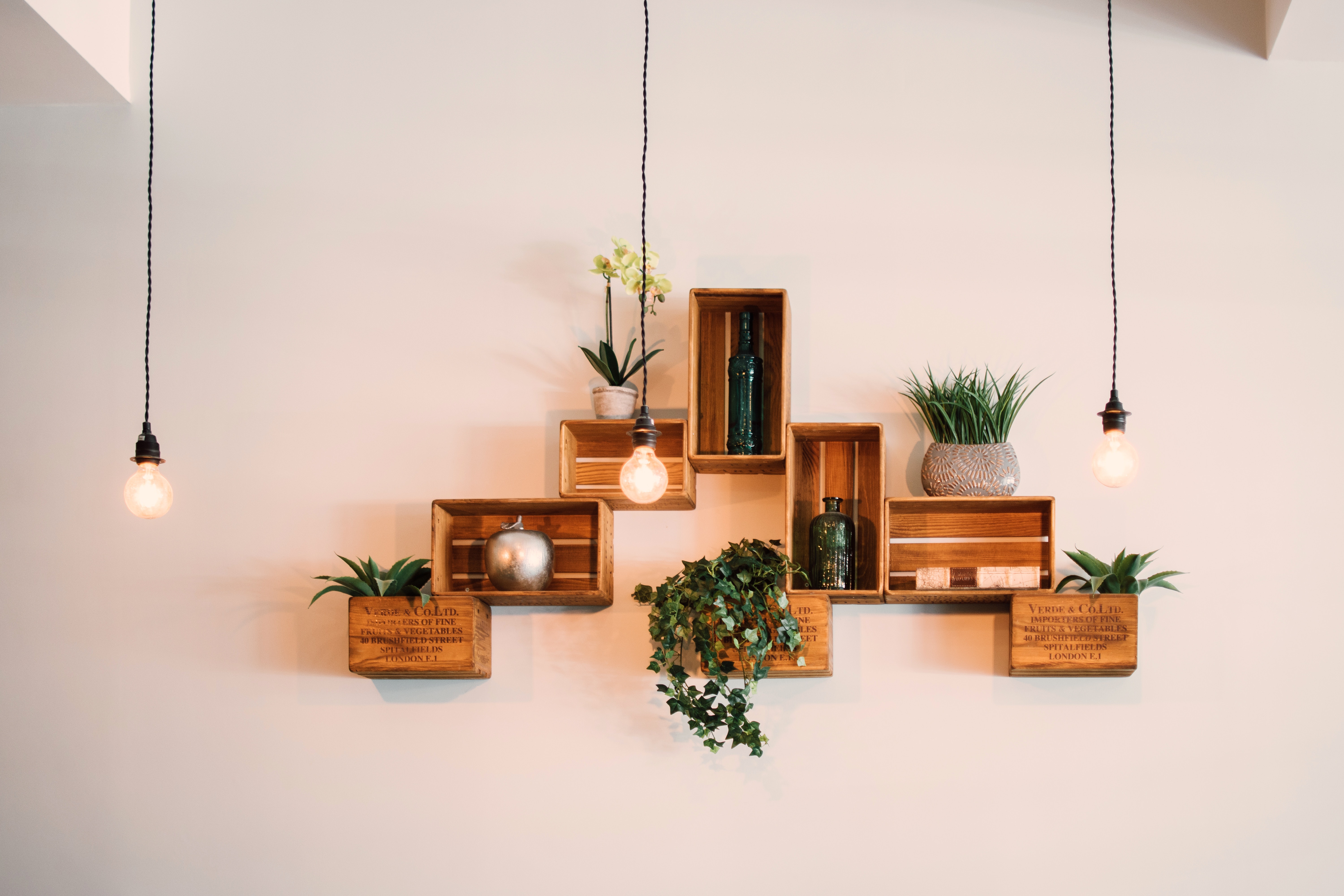
The design of space is directly related to human ecology since it affects the quality of the living environment, health, the development of abilities, psychophysical comfort, etc. Living space to the greatest extent demonstrates the unity of a person with the environment and corresponds to the concept of ecology as the interaction of the subject and the environment. In architecture, when it comes to materials, adapting a building to the natural landscape, creating an environment that is as comfortable as possible for humans is a crucial task. Let’s learn more about how design affects our well-being.
Happiness-Driving Interior
It has long been known that the interior design subconsciously affects us, our emotions, mood, temperament, and character. We either adjust the design for ourselves, or it remakes us. Below we listed several secrets of a perfect interior arrangement that will be a treat both for your health and emotions.
Minimalism

Most people can confirm the theory that cluttered space increases stress and anxiety. A large amount of decor, albeit valuable and beloved, does not necessarily mean the path to happiness. On the contrary, the less furniture and parts in the house, the calmer the living space. This is why minimalism is a popular topic in design and architecture blogs today.
Feng Shui
Another popular decorating technique is Feng Shui. It is based on ancient design principles designed to relieve stress and restore vitality. It doesn’t matter whether you believe in this teaching or not, but many of its principles closely overlap with modern biophilic design. For example, the “right decor” in Feng Shui philosophy is objects made of natural wood or stone, live fire, and water.
Nature

Another trend is setting the garden in the house. A vertical garden with living plants is easy to arrange even in a small apartment. But nowadays, architects go further. In a private house, professionals can make greenhouses, plant trees in the ground right in the middle of the living room, or, conversely, build a house around them.
Biophilia
It is worth mentioning that biophilic design has set a new trend for glass ceilings. Even if it is hot in the room and frosty outside the window, this doesn’t affect the glass surface. But it will be possible to expand the area of beautiful views, enjoy the starry sky at night. Also, natural light helps regulate our circadian rhythm – a natural 24-hour cycle that is responsible for the alertness of the body in the morning and preparation for bedtime in the evening.
Interesting fact: in 1980, the American sociobiologist Edward Osborne Wilson, in the course of scientific research, came to the conclusion: each person has a mechanism that relieves him/her of stress, like an internal antidepressant. It manifests itself in a love of nature. Wilson called his discovery “biophilia.” Scientists from Harvard University developed this theory and coined the term “biophilic design.” This is an internal or external design of a person’s home, in which everything recalls nature: a lot of greenery, real wood and stone, natural light, water, and only natural colors. Most of all, the principles of biophilic design correspond to the Scandinavian lifestyle. No wonder Denmark is a country with the happiest inhabitants!
Water
Scientists claim that people living near ponds are calmer and happier than others. This justifies the high housing prices with good sea views. What if there is no such possibility? The simplest thing is to design an aquarium in the interior. The classic option is an aquarium built into the wall. To achieve a full therapeutic effect, it can be built into the wall in the bathroom – you get the effect of a home spa with complete relaxation. Watching the water in motion is even better, so consider home fountains and water walls.
Privacy
It can be a separate office, a corner on the balcony, a bathroom, or a garden. A large open-plan room is best divided into zones, creating nooks and crannies. It is not necessary for each zone to come up with a function and entertainment. Let there be a sofa not only so that it would be convenient to watch TV on it, and the chair is not only for working on the computer. Let there always be a place just for relaxation and silence. Where you can sit comfortably and let the whole world wait while you regain strength.
The Power of Color

Color is able to create a powerful psychological effect. For example, it is believed that the pink tone of Baker-Miller can reduce aggression. Back in the 80th, walls in American prisons and correctional centers were pained pink to reduce the cruelty of offenders.
Obviously, color has a great ability to influence a person’s subconscious. Thus, psychologists advise avoiding red, orange, green colors in the interior. It is better to use soft, neutral colors that create a soothing effect. If you want to add brightness, then let it be diluted, powdery tones. In the interior, color is characterized by several criteria: lightness (the ratio between how much light absorbs color and how much it displays), brightness, clarity (presence of impurities in the color), etc. It is also no secret that colors also affect the sensations and moods of a person:
- red – increases human activity and causes irritation
- orange – creates a good mood and a warm atmosphere
- yellow – creates the illusion of the sun and summer mood, also helps to focus and improve creative activity
- green – soothes as an association with green grass and foliage
- blue – has a relaxing effect
- violet – the most powerful in its effects on relaxation
- pink – expresses love and childish naivety
- brown – creates a soft mood
- gray – creates accuracy, but a large amount can cause boredom
- black – a very contrasting color, can create a sharp change in mood.
Well, finally, the white color is cold, clean, calm, and visually expands the space. The white color of the walls is most often used in the most fashionable interiors.
Final Word
As you can see, there are many ways to make your home cozy and healthy. The most important thing to remember is that sometimes, in the pursuit of fashion trends, a person can forget what he/she really likes and enjoys, accepting what is imposed by society. Successful design decisions were decisions that our people made based on their feelings.


